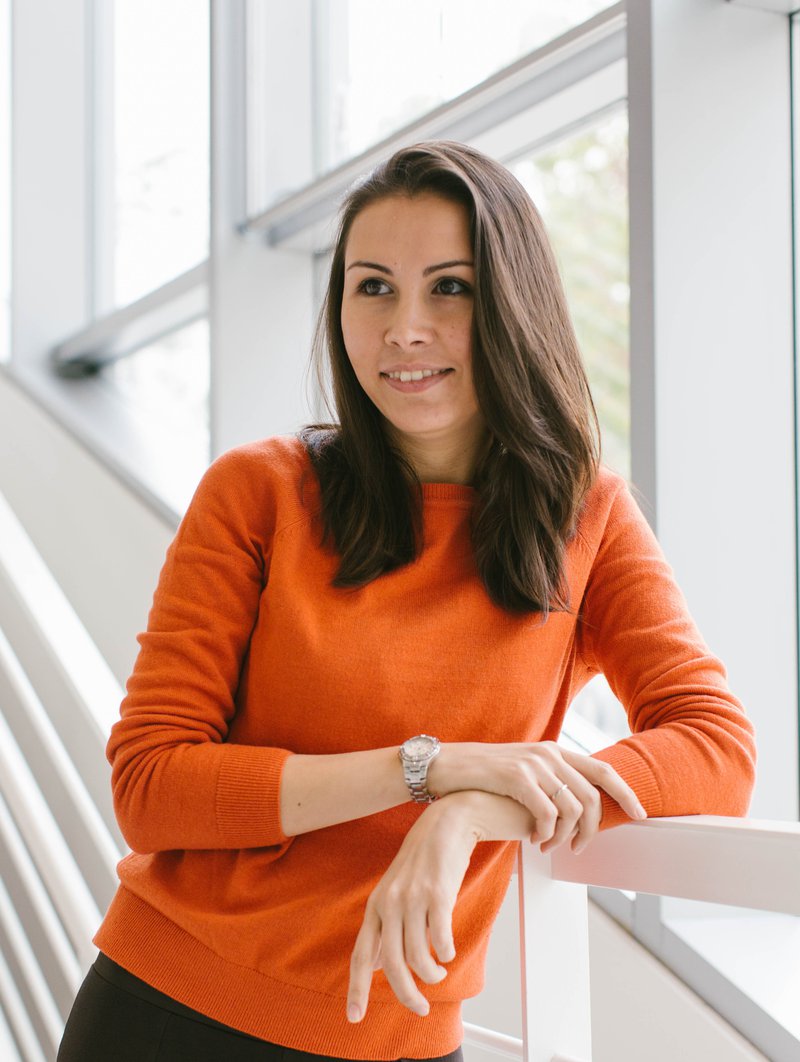Shabnam Shermatova

This year’s CIMAM Annual Conference topic, The Museum in Transition raised urgent questions of today’s global realities and challenges, the future intelligence, and ethical concerns of modern and contemporary art museums. Before my arrival at the conference, I have been researching models that create the alternative ways of knowledge production and distribution in cultural spaces and programs that transform the art and the audience relationships. My participation at the conference as a travel grantee from Tajikistan, sponsored by V-A-C Foundation, introduced new ways of responding to growing need and challenges with building socially just and engaging art spaces. Therefore, the conference very deeply intertwined my interest and expertise in three ways.
First, the conference made possible to meet art professionals (more than 59 countries) who shared the same interest and to reflect upon the existing models of operation of art agencies. The inspiring models discussed at the conference were characterized as playgrounds; spaces with no major or no minor art; decolonizing art spaces; platforms for artistic research and independent practice; dematerialized spaces; spaces for artistic intelligence; sensible museums; and museums as intervenors. I was excited to take part in the discussion, where were questioned the museums’ core values, theories, and terminologies. For instance, Ahmet Ögut’s presentation raised thought-provoking questions and his suggested model on reshaping the existing institutional structure from ownership to creation by engaging and prioritizing public concerns addressed the core mission of all art agencies.
Secondly, the present discussion in the field revealed the issues of knowledge and research circulation and the meaning of beneficial networking between cultural institutions. Over the course of three days, presentations, site visits, and discussions highlighted and reinforced the terms of rediscovering and unlearning ourselves, our past and present ways of operation, collaboration, and networking. In this regard, Victoria Noorthoorn discussed possible ways of meaningful collaborations, where she specifically mentioned the importance of generosity. The CIMAM Annual Conference posed more questions than answers around the designated theme for further discussion and research, and most importantly it provided a space for rethinking our approaches to collaboration that brought new insights and ideas for my research.
Lastly, for a museum professional who represents a region that is isolated from the rest of the art world, this conference opened up a new perspective to the field and meaning for my present and future professional career. Thinking of the future meaning of my professional career, I am thinking of how we the future leaders in the field can respond to current needs and bring change to how we envision and understand the work of art institutions and meaningful collaborations between each other locally and internationally.
I am thankful to V-A-C Foundation for supporting my visit and participation at the CIMAM Annual Conference and for giving the opportunity to become part of a larger community that tries to push the boundaries of existing structures and builds transnational dialogue.